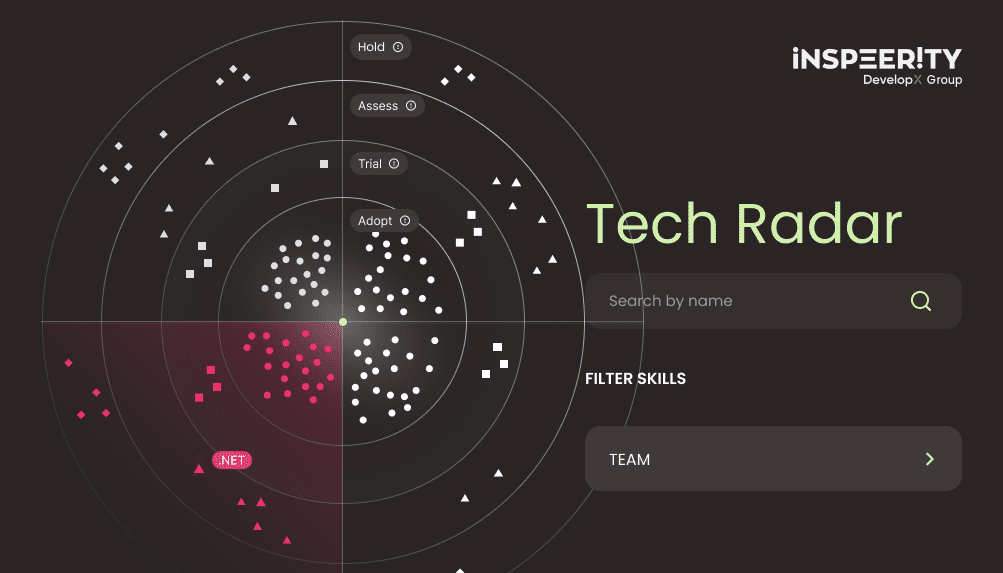On April 28, 2025, something unimaginable happened. A massive power outage swept across Spain and Portugal, leaving more than 50 million people in the dark. It wasn’t a short flicker. Some places were without power for over ten hours. Cities like Madrid, Lisbon, Barcelona, and Porto all ground to a halt. Subways stopped. Traffic lights failed. Phones and the internet went down. Even ATMs and payment systems crashed.
With no official explanation at first, rumors spread fast. Some blamed cyber attacks. Others pointed to the push for net-zero & the growing use of renewables. It’s a fair attack, and one worth looking at.
To understand how renewables could play a part, let’s talk about inertia.
What is inertia?
Think of a spinning top. Once spinning, it stays upright. But if you slow it down too quickly, it tumbles. The traditional power grid works in a similar way. Older power plants burn fuel to spin giant turbines. These spinning machines create inertia. That inertia helps keep the grid stable, balancing supply and demand. In Europe, the grid frequency stays at 50 Hz. If something big happens, like a power plant tripping offline, the inertia buys time. The frequency drops slowly, giving operators and systems time to react and stabilise things.
But renewables don’t work like that.
The problem with renewable energy
Solar panels and wind turbines are connected to the grid through inverters. These don’t spin like traditional turbines. That means they don’t naturally provide inertia. When something big goes wrong, there’s no spinning mass to slow down the change. The frequency drops fast. Faster than grid operators can respond. And that’s a problem.
During the April blackout, Spain lost around 15 gigawatts of power generation in seconds. Solar photovoltaics were hit especially hard, falling from 18,000 MW to just 8,000 MW in moments. Without inertia to slow the fall, the grid frequency plunged. Protections triggered.
To be clear, renewables didn’t “cause” the blackout. But a low inertia grid might have made everything worse. If more traditional generation had been online, the turbines would have resisted the drop. That would have slowed everything down, giving automated systems time to step in.
So, are we stuck? Not at all. Software and smart grid solutions are already helping solve this challenge.
How can software help protect against blackouts?
Renewables don’t spin. That’s the issue. Without turbines to slow down frequency drops, grids now rely more on speed, smart control, and automation. While physical solutions like synthetic inertia help, they aren’t everywhere. Green Energy Software steps in to fill the gap.
Smart grid technology is essential in modern grid management. These systems help operators balance supply and demand in real time. Here’s how:
What about physical solutions?
Green turbines, like those at Keith Greener Grid Park in the UK, mimic traditional spinning machines. They help stabilise frequency and add synthetic inertia. These solutions work well, but they aren’t everywhere yet.
Automated Demand Response (ADR)
ADR works by reducing electricity demand automatically during critical moments. When frequency drops, ADR can immediately shut off or reduce non-essential loads. This is often pre-agreed with businesses or energy users.
This instant response slows the rate of frequency decline, buying valuable time. It’s like tapping the brakes before a problem becomes an accident.
In fact, many of today’s smart energy platforms, especially in areas like EV charging, already use ADR to adjust consumption on the fly. These systems reduce strain during peak times, support grid stability, and help align energy use with cleaner sources.
Demand response isn’t just for the grid
In one recent project, we worked with a major EV charging provider to solve a growing challenge, how to reduce grid stress during peak demand while keeping charging efficient and user-friendly.
Using OpenADR, we built a system that automatically adjusts charging schedules in real time. When the grid comes under pressure, charging is managed intelligently to reduce demand.
This lowers grid strain, cuts energy costs, and supports greener energy use.If you’re curious, you can read how we built it here.
Advanced Energy Management Systems and Virtual Power Plants (VPP)
An EMS acts as the brain of the energy ecosystem. When connected to many distributed energy resources, solar, batteries, and EV chargers, it forms a Virtual Power Plant.
Instead of isolated assets reacting slowly, VPPs respond as a team. They push power to the grid or reduce load quickly when needed. This coordinated response helps fill the gap left by missing inertia.
As renewables grow, VPPs help ensure flexible, decentralised resources can help stabilise the grid in milliseconds.
IoT and Smart Grid Integration
Instant awareness is critical. IoT connects devices across the grid, from household solar to substations. These create live data streams that show exactly what’s happening in real time.
This visibility transforms the grid from reactive to proactive. Operators and automated systems see problems as they emerge, not after. Fast data means fast decisions, and fast decisions keep the lights on.
Key takeaways
Could renewables cause more blackouts? If we ignore inertia challenges, yes. But with the right software, they don’t have to. The goal isn’t to turn back from renewables. It’s to make them work better with the grid. More renewables are vital for a greener future, but they need smart support behind them.
That’s where Demand Response comes in. It’s fast, proven, and ready. If you want to know how it can help you create more stable systems, our team can help.




